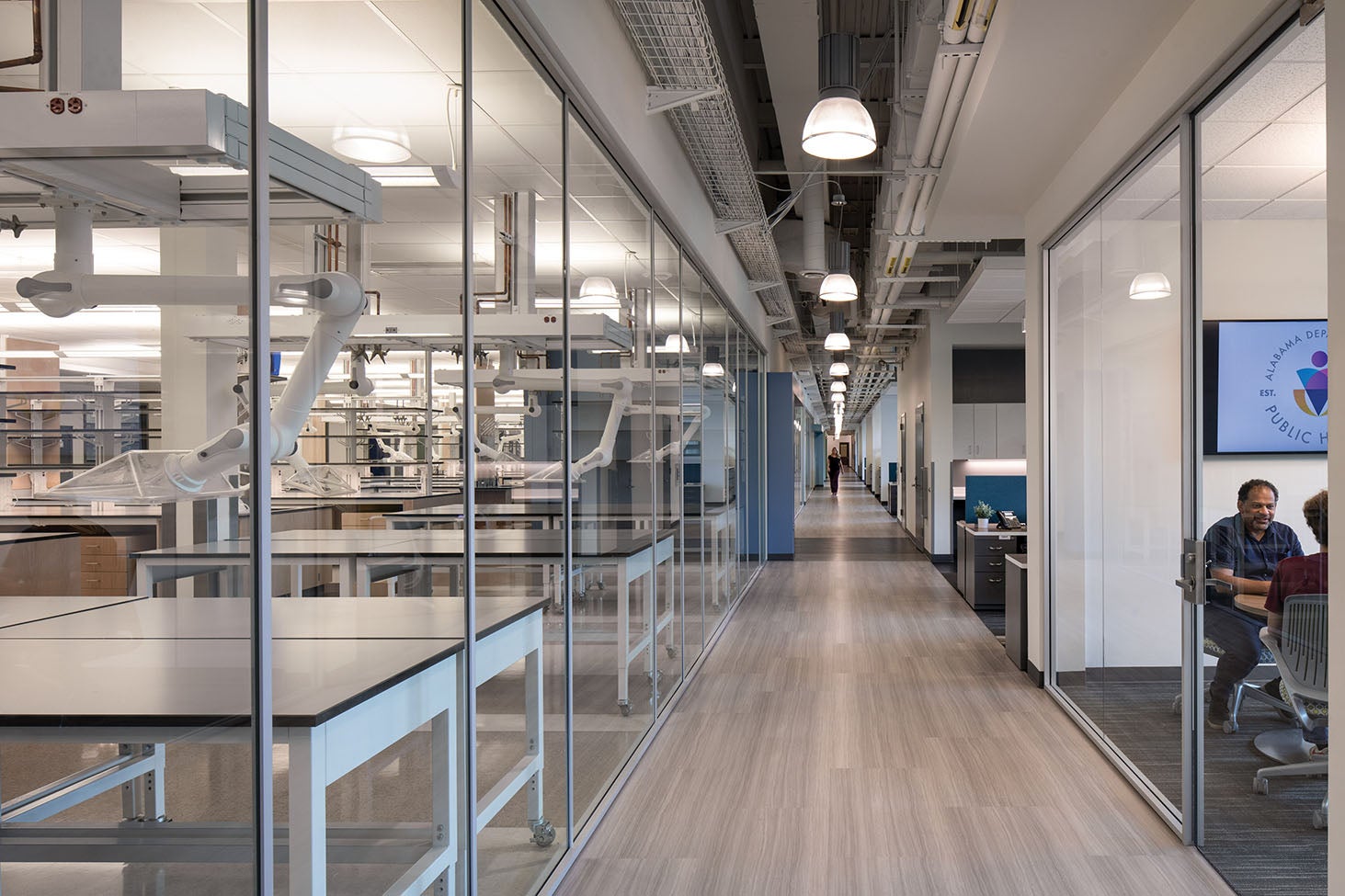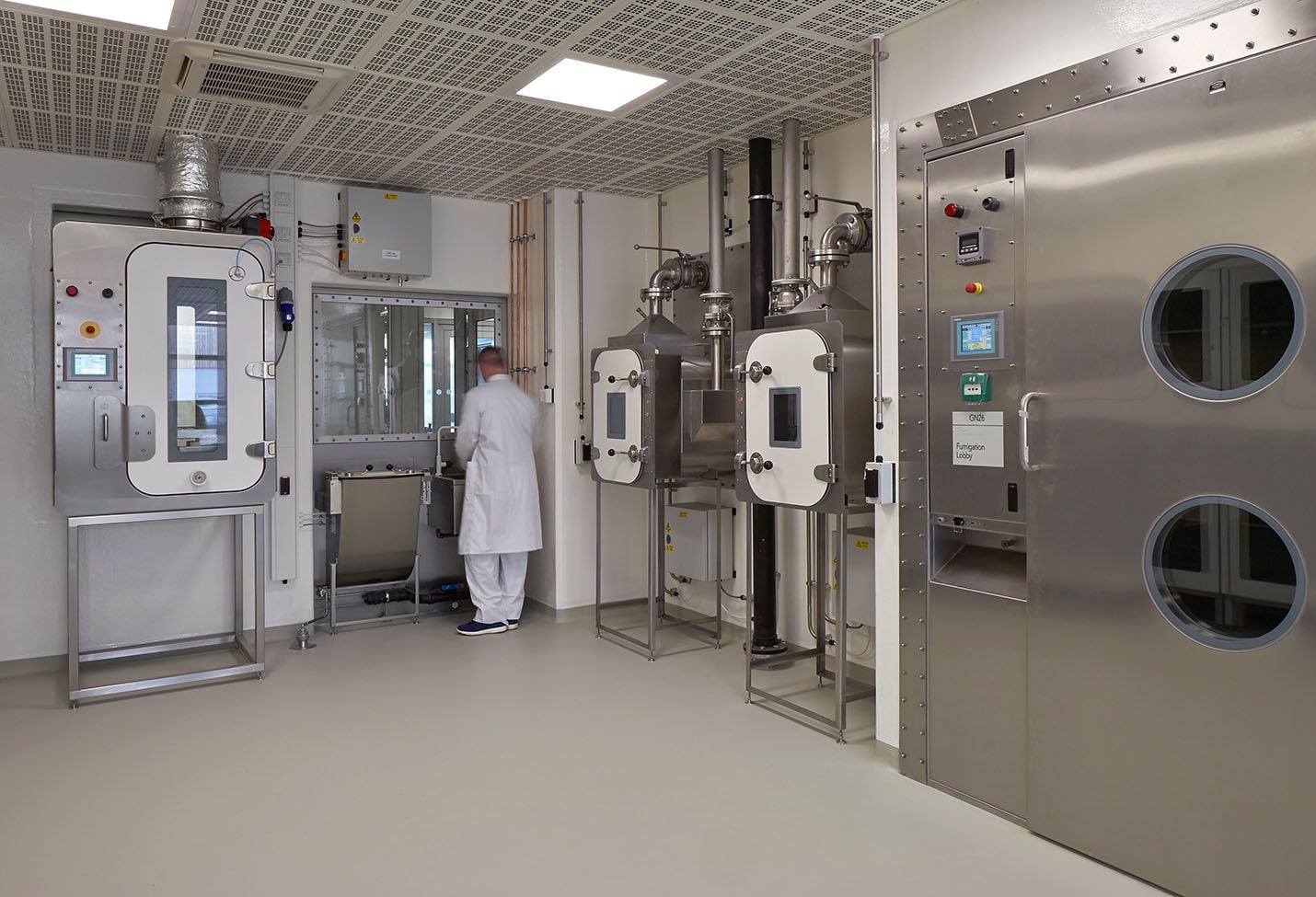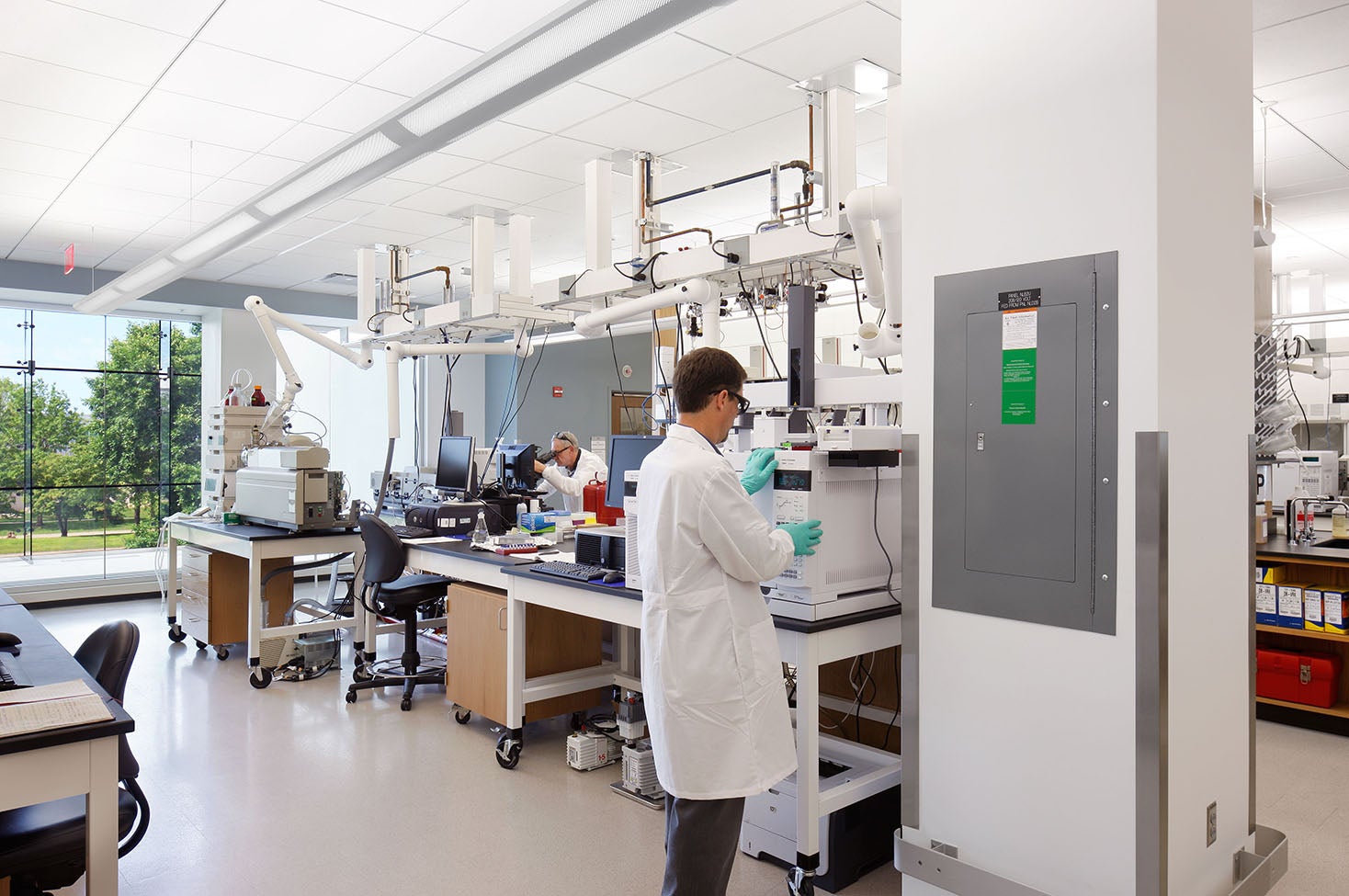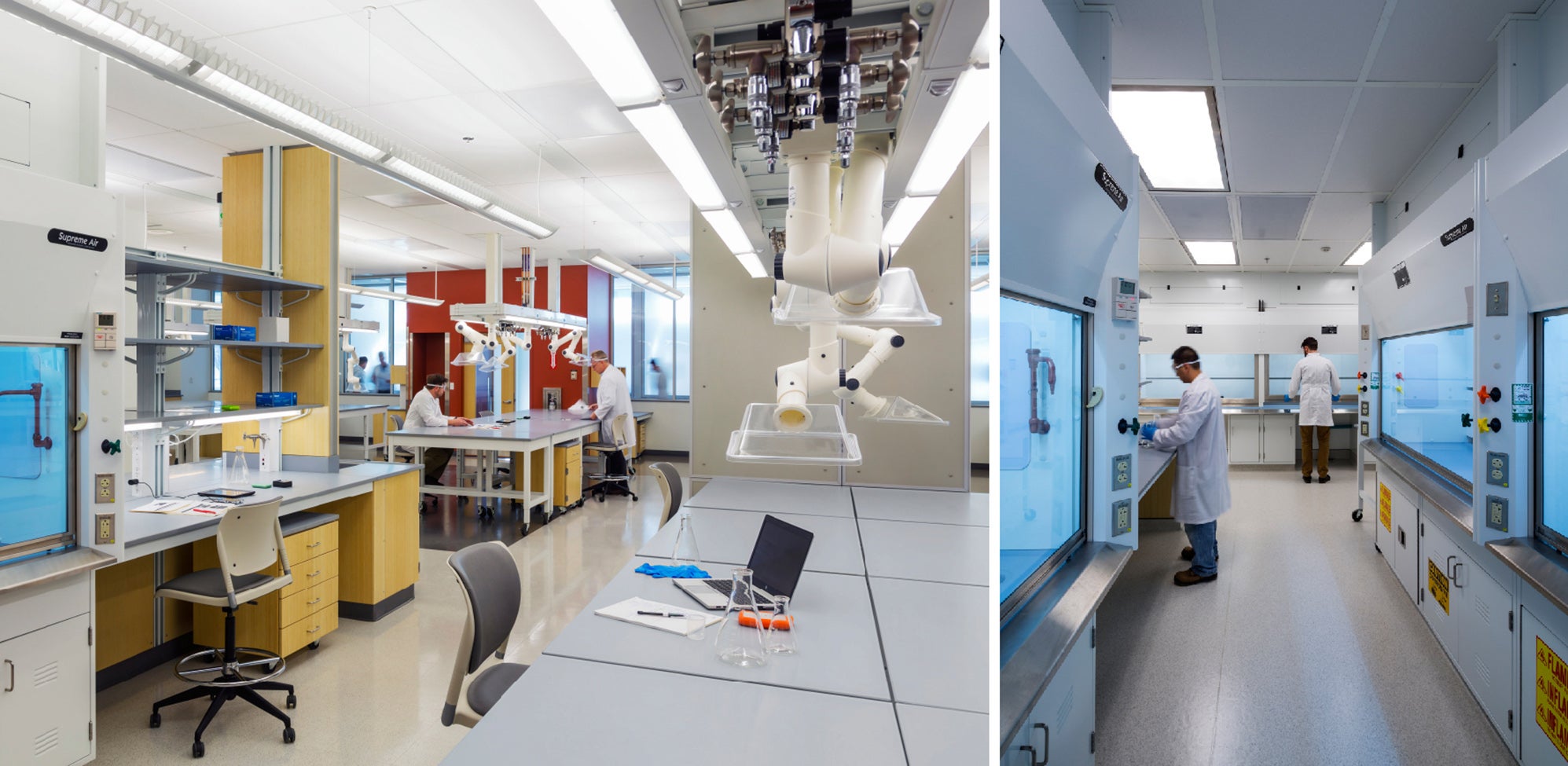
Designing Public Health Labs: 5 Things to Get Right
Events like a global pandemic can bring about changes that fundamentally shift physical space requirements in public health labs. However, within the public health community, we’ve been acutely aware for some time how quickly these spaces need to be able to adapt to sudden surges and crises. As architects who have dedicated our careers to designing these spaces, we are committed to assuring that the public health labs meet the moment and adapt to the new equipment, new methods, and new tests that are influencing their evolution. To that end, we’ve identified five considerations for designing a successful public health lab.
1. Create Optimal Conditions for PCR Testing

Molecular biology has always been an important part of public health testing. For many years, PFGE, essentially a gel-based process, was the gold standard. Today, testing has evolved to PCR, a very precise method of copying DNA that allows the identification of far more viruses, more quickly and accurately. We are also seeing the emergence of whole genome sequencing. Clinical Laboratory Improvement Amendment (CLIA) has adopted some very specific requirements for the molecular testing process for laboratory scientists. Facilities can enhance PCR testing results by providing laboratory separation and air flows that improve testing accuracy. At HDR, we use protocol mapping to clearly illustrate how laboratorians will interface with the building and their Standing Operating Procedures.
2. Prioritise Best-in-Class Containment Labs

Most public health laboratories need to respond to emerging infectious disease outbreaks. One tool that the laboratory will use for testing select agents and emerging infectious diseases is the containment laboratory. HDR contributed our expertise to one of the most important containment guidelines, the NIH CDC BMBL, which provides essential information on how to create a safe and productive containment lab design.
3. Dedicate Space for Staff to Recharge

One of the most overlooked but critically important things to get right is to provide staff areas that directly benefit laboratorians, in part because public health labs face stiff competition recruiting and retaining staff. The design of a new lab will undoubtedly improve the overall work environment with light and views, comfortable work areas, and improved lab infrastructure. The specifics of the layout, including adjacencies and access to lockers, showers, pantries, break areas, quiet lounges, lab section meeting rooms, and write-up areas can significantly improve day-to-day life for laboratorians.
4. Provide Flexibility with Open Laboratories

An open laboratory with the right module (depth and width) provides flexibility so that different lab sections can expand and contract to handle an increase in sample volume in any given area, in an event or outbreak. We have found that larger open laboratory spaces also improve airflow and allow more light into the lab, creating a more pleasant environment. Another aspect critical to the success of the open lab is laboratory furniture. The lab must have a variety of casework options to accommodate the wide variety of equipment and testing. We are finding that public health laboratories are moving to more flexible table-based systems with overhead carrier utility distribution to enhance flexibility.
5. Design for the Intricacies of Sample Receiving and Accessioning

Public health laboratories are very different from research laboratories in that they are far more focused on sample processing. The Central Accessioning Unit must provide a safe and productive area for preparing these samples for laboratory testing. Some samples are time and temperature sensitive; others may need to be secured because of law enforcement involvement. These considerations affect layout, flows, and adjacencies — which all affect productivity.
These are just five of the many considerations for designing public health laboratories. When designing a new or renovated public health lab, local, regional and national organisations should work alongside lab design experts to develop a practical, culturally sensitive, sustainable and incremental approach to designing laboratories that are safe, flexible and adaptable to respond to unprecedented challenges our society faces.




